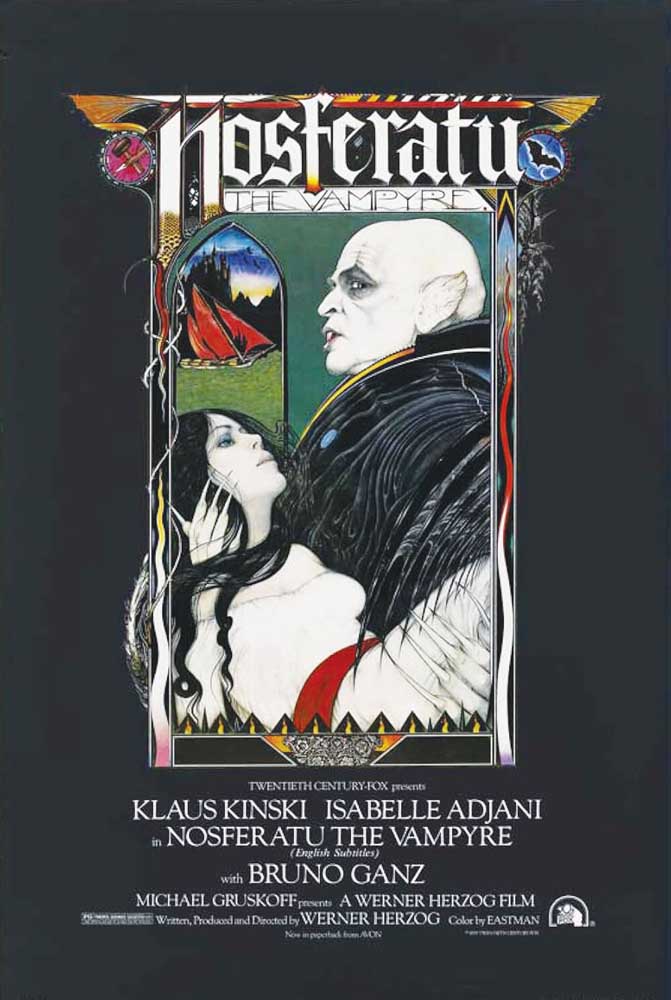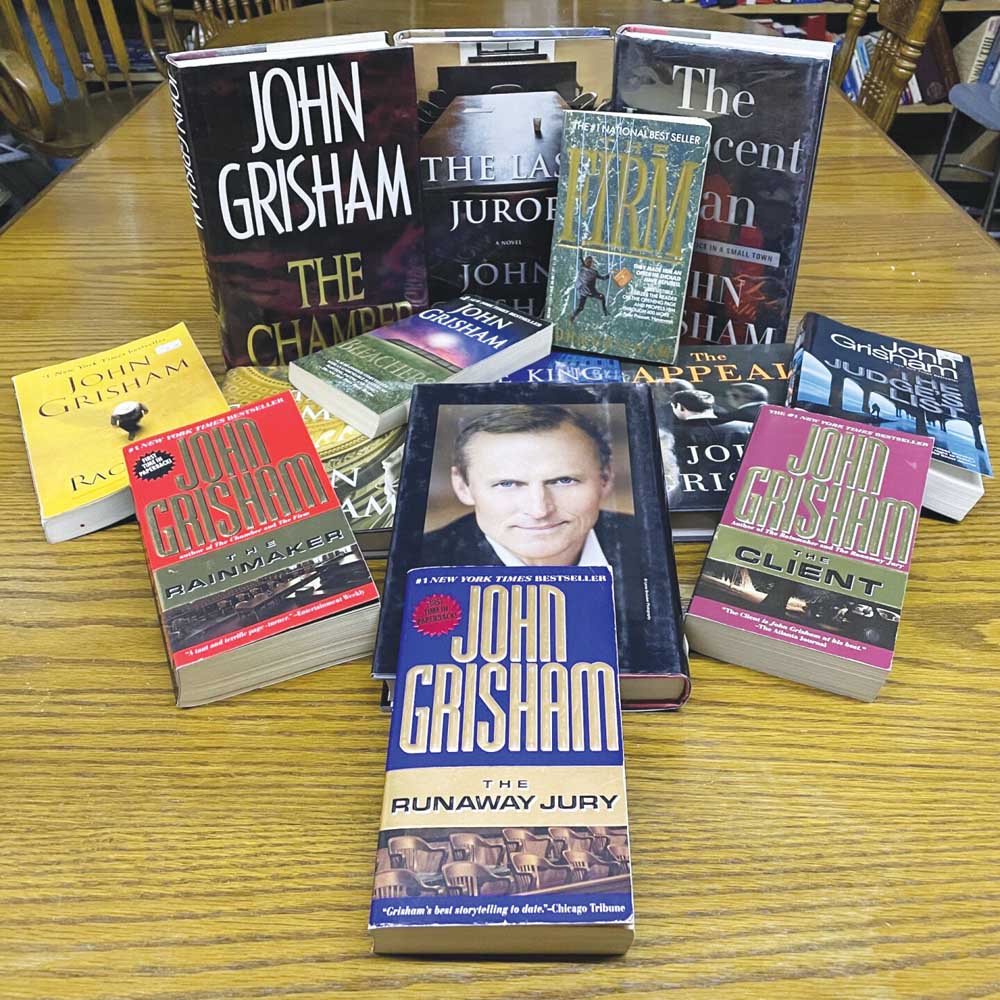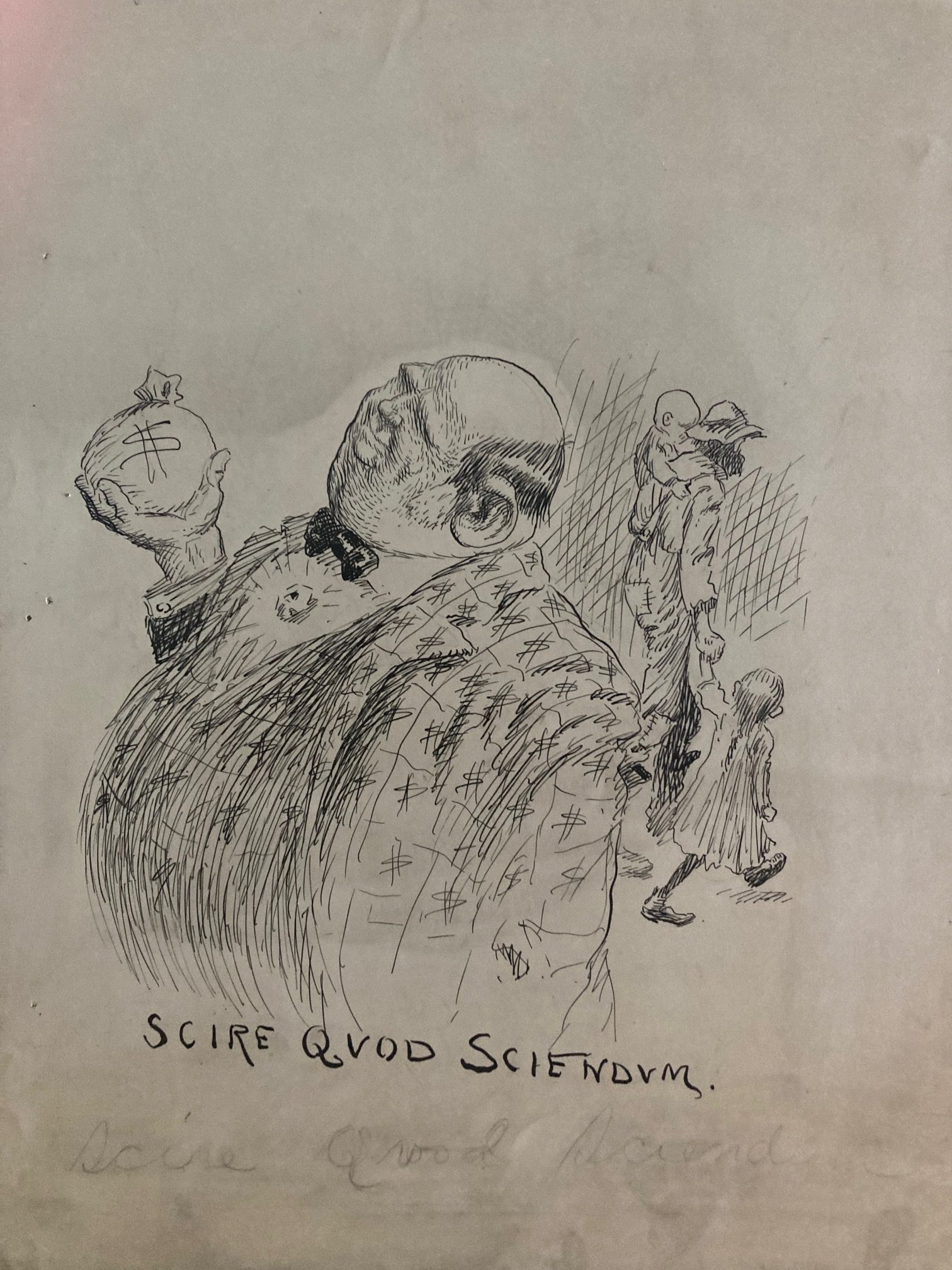Take a look at ‘I’m Not There’ and ‘Nosferatu the Vampyre’
Published 3:00 am Monday, December 23, 2024

- Before you see the newest “Nosferatu,” check out “Nosferatu the Vampyre.”
Editor’s note: This Christmas sees the release of two new entries in long cinematic traditions. In anticipation of James Mangold’s Bob Dylan biopic, “A Complete Unknown,” and Robert Eggers’ vampire epic, “Nosferatu,” B. E. Grey is looking back at “Don’t Look Back,” “I’m Not There” and “Walk the Line,” as well as “Nosferatu: A Symphony of Horror,” “Nosferatu the Vampyre” and “The VVitch.”
Trending
Dylan: ‘I’m Not There’
Do you like Bob Dylan? Alternatively, do you hate Bob Dylan? Do you like biopics about musicians? Do you hate them? If you answered yes to any of these questions, then I have the film for you: Todd Haynes’ 2007 experimental, ensemble character piece “I’m Not There.”
Marcus Carl Franklin, Ben Wishaw, Heath Ledger, Christian Bale, Richard Gere and Cate Blanchett all star as people not named Bob Dylan. They are all living completely different lives. Some are quiet, some howl. Some play music, some are Billy the Kid — seriously. They all, however, have a singular relationship with the language of oppression, and this drives them.
What Todd Haynes has done with “I’m Not There” is literalize the concept of “containing multitudes.” In every timeline, we concentrate on an aspect of Dylan’s turmoil/life: his failed relationships, his addiction, his evangelicalism, his political activism. Through each, we come to understand the man in a way speed-running the highlights of Dylan’s career could never, even if it’s not clear what actually happened to this person in what order in real life.
And why should accuracy matter anyway, when musician biopics already routinely fictionalize things for the sake of the by-the-numbers structure we’re all so familiar with? “I’m Not There” is bizarre, ecstatic “truth in lies” storytelling, in which Cate Blanchett figuratively and literally kills — see it on Kanopy with your library card.
‘Nosferatu’: ‘Nosferatu the Vampyre’
Approximately five seconds after Bram Stoker’s “Dracula” entered the public domain, Werner Herzog took his crack at adapting it. His goal? To more fully blend the original novel with the deeply German classic “Nosferatu.” The result is his 1979 hybrid remake, “Nosferatu the Vampyre.”
Where Murnau was broad and operatic, Herzog is grounded and dreary. Everything is damp here. His Harker is perpetually exhausted, and so is the deathbird. Herzog’s muse/mortal enemy Klaus Kinski plays Dracula/Orlok as more pathetic than anything, longing for death while continuing to terrorize. His assault on Harker is paced uncomfortably strange (kinda like the rest of the film), and quite queer.
The true center of Herzog’s tale, however, is neither the man nor the monster, but the maiden. Isabelle Adjani, who would go on to give one of cinema’s greatest performances in 1981’s “Possession,” plays Harker’s wife Lucy (Herzog arbitrarily swapped Mina and Lucy’s names — it’s distracting) as a genuine, misguided agent. Her confrontation with Dracula, her wandering of a plague-ridden town square, and her subversive religious attitude are what will stick with viewers long after the credits roll.
Be warned: the ending of “Nosferatu the Vampyre” also serves as a major departure from the source material — one must respect how bleak Herzog is willing to get (par for the course for him, I suppose). Check this beautifully atmospheric neo-tragedy out on Kanopy with your library card.









